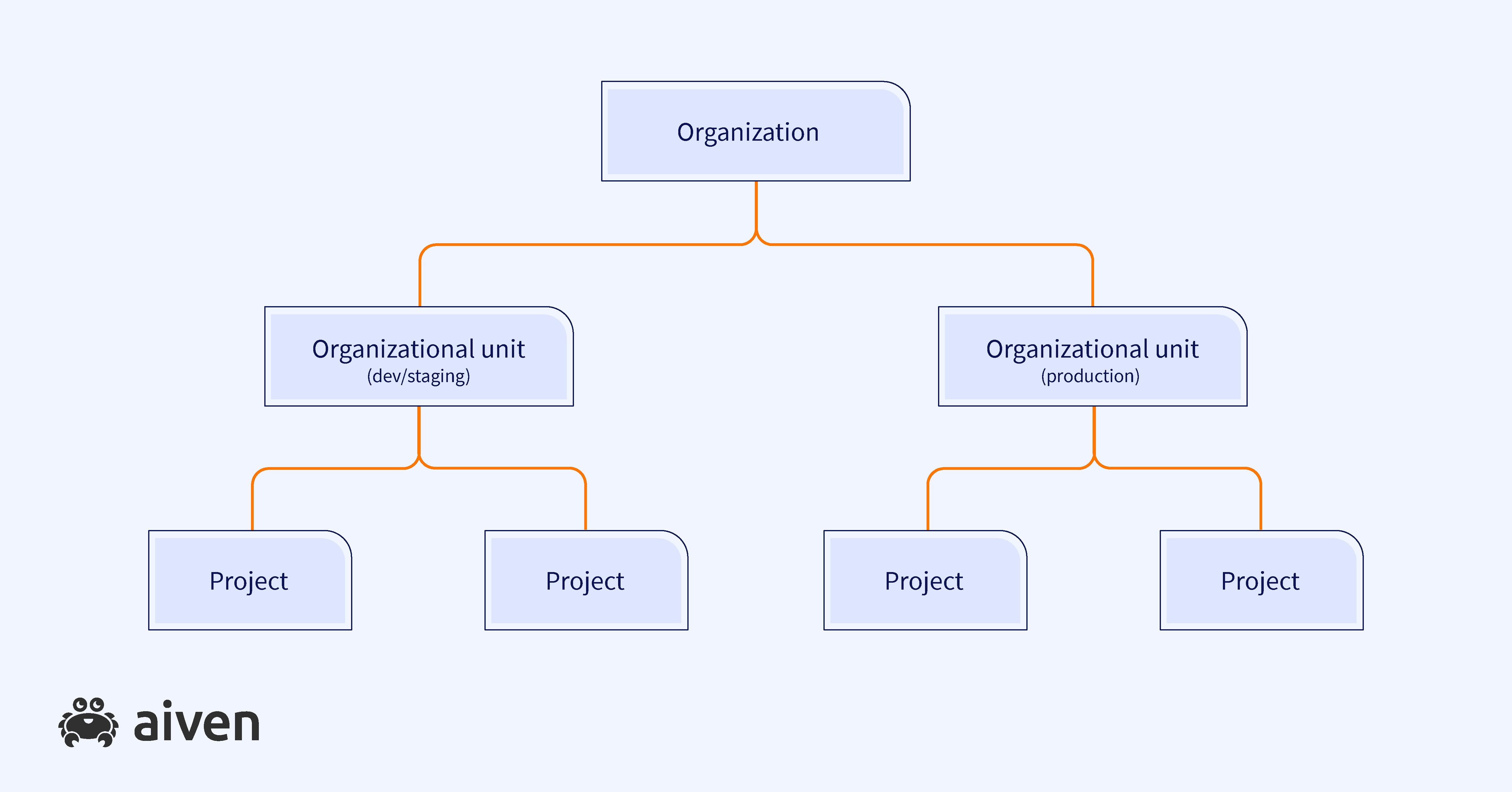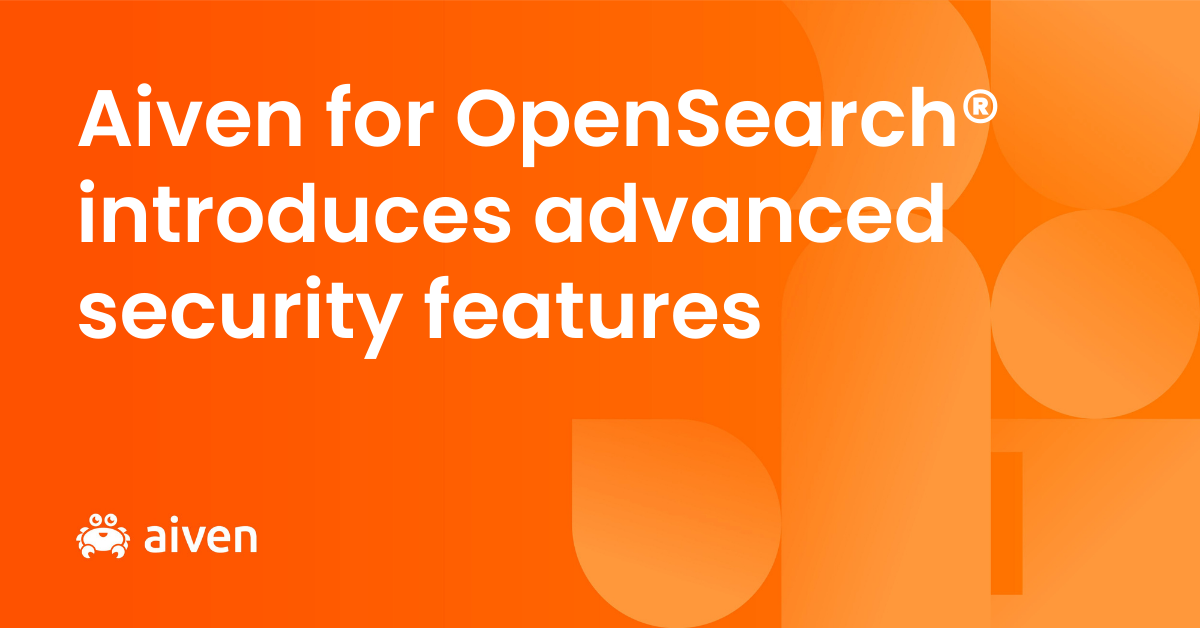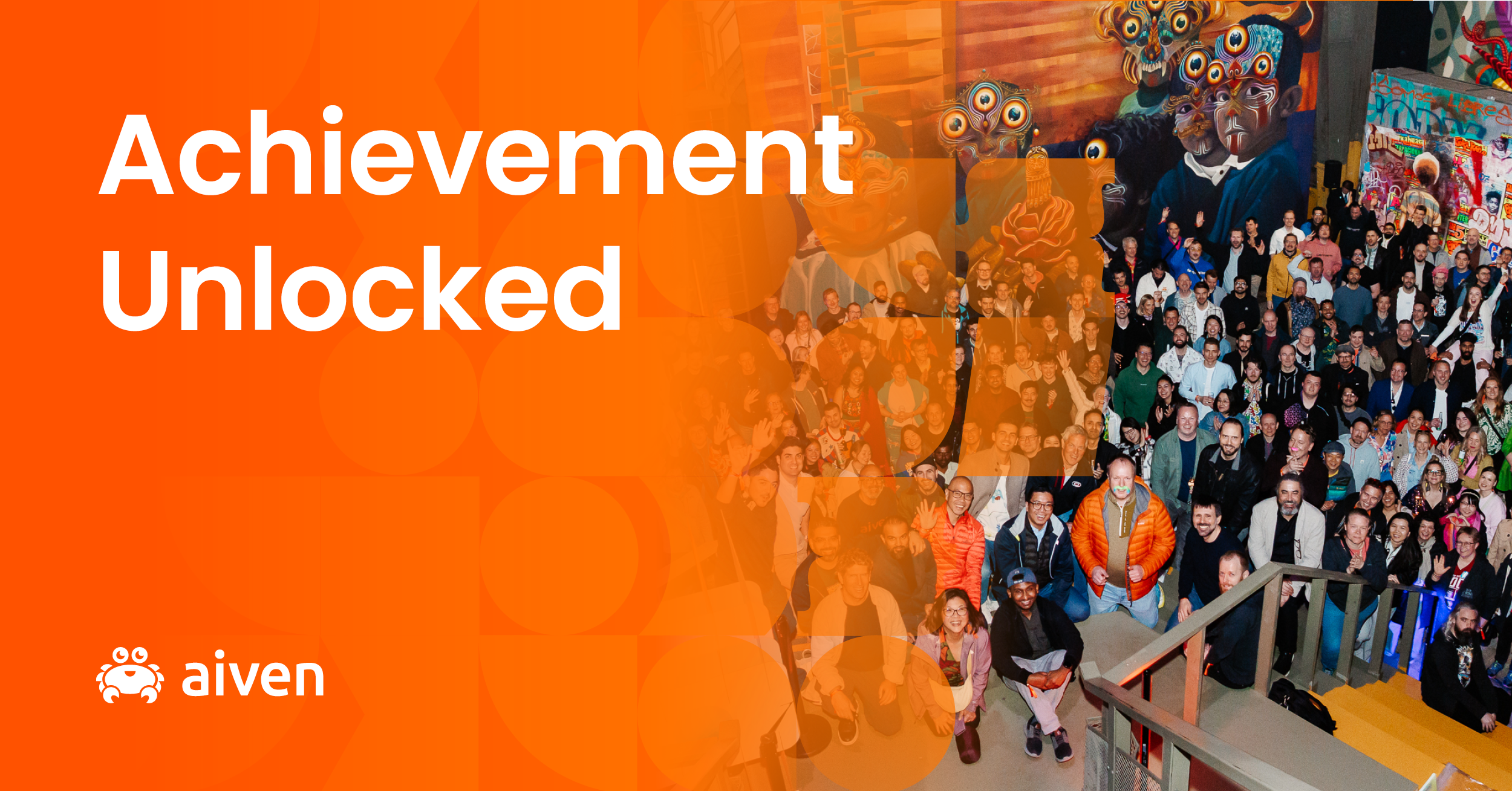Feb 6, 2023
Introducing organizations and units in Aiven
Things are about to change in the Aiven Console: we're moving from "accounts" to "organizations". Find out more about what it means!
Rick Salevsky
|RSS FeedTechnical Product Manager at Aiven
At the end of 2022, we updated the Aiven Console navigation to make it easier to quickly find and manage your accounts and projects. Building on top of this release, we are now excited to announce the upcoming release of the organizations and organizational units concepts later this month.
Previously, the term ‘account’ was used in the Aiven Console to group projects together. Very soon, organizations will replace accounts and allow you to globally manage and scale your setup on the Aiven platform. Organizations can be flexibly consolidated into one structure using organizational units to mirror your own organizational hierarchy.
This change will make your life easier:
- You can separate your production and testing projects to manage your environments more efficiently.
- You can configure e.g. authentication methods and billing only once - it’s fully set-and-forget.
- Centralized administration means your projects are easier to manage.
Your existing accounts will automatically become organizations. You don’t have to do anything.
This change is fully backwards compatible. All existing API endpoints and Terraform state files will continue to work.
What are organizations and organizational units?
Organizations
An organization is the central entity that lets you manage settings more easily. These include:
- authentication methods
- billing groups
- users
- teams
Furthermore, an organization defines the context you are working in. This means that when you select an organization, you can only view and create projects within that organization.
We'll be adding new functionality to organizations that will further streamline how you manage your Aiven projects and services. We’ll get to that in a minute.
Organizational units (Beta)
Organizational units allow you to further refine the hierarchy of your projects and services. This hierarchical structure gives you greater flexibility to organize your account structure to fit your needs.
For example, you can now easily split production and testing workloads into different organizational units that are in the same Aiven organization. You can also create separate units for different departments, limiting access as needed to only those who need it.
More upcoming changes
User groups
Up next, we will roll out user groups (replacing “teams”) that will be shared across the entire organization. This means that you will only need to set up the users and their roles for each group once.
You’ll be able to use user groups to gain access to users at the organizational unit or project level.
Domains
With the introduction of domains, you’ll be able to claim a domain name for your organization. Domains will make it easier to control access to your organization in Aiven: access is granted based on a valid e-mail address belonging to the domain.
By claiming a domain name, all users who belong to the domain will be managed users.
Managed users
The introduction of user groups and domains will pave the way for managed users. This feature will make it possible to centrally manage all users who belong to your domains and therefore your organization. It’ll be easier to add them to existing groups or create new groups without needing to invite each person individually.
You’ll also be able to define a set of default permissions for new users when they sign up with your organization.
And finally, you’ll have full control over the user lifecycle. You can modify their details, reset their passwords, or even deactivate the user.
Syncing users and user groups
We’re also adding support to automate the user and user group lifecycle via your preferred identity provider. You’ll be able to onboard and offboard users automatically via SCIM.
Wrapping up
By mirroring your organizational hierarchy, the concept of organizations and the updates that are following will make it easier to manage your infrastructure at Aiven. You'll get better control and clarity into how your setup is put together.
To get the latest news about Aiven and our services, plus a bit of extra around all things open source, subscribe to our monthly newsletter! Daily news about Aiven is available on our LinkedIn and Twitter feeds.
If you just want to find out about our service updates, follow our changelog.
Stay updated with Aiven
Subscribe for the latest news and insights on open source, Aiven offerings, and more.




